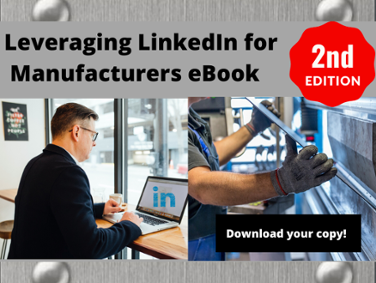10 Ways to Reignite Your Manufacturing Blog

Is your manufacturing blog lacking content? Sitting down to develop a content map or write a new post but nothing is coming to you? Great manufacturing blog content may be right under your nose. Here are some simple ways to find and create blogs that are relevant and engaging to the various verticals and buyer personas that you serve.
- Review Social Media & Website Forms
Are people consistently asking the same kinds of questions on your contact us form? Are people leaving comments on your blog or social media? These are all great places to get a sampling of your audience and their unique needs, wants and preferences. What content is getting the most engagement? Your audience is probably already telling you what to do.
- Re-purpose Videos and Webinars
Have a great video of your process? Did you do a webinar showcasing your industry expertise? Just because you shared your videos and webinars doesn’t mean they can’t be re-purposed! Embedding videos provides visual interest. Consider transcribing the script of the video for a blog series or create an eBook. Remember, to have good search engine optimization ranking, aim for 300-500 words in your blog content.
- Check Out Your Manufacturing Network
Look at manufacturing industry related LinkedIn Groups to identify current trends and issues facing their industries. Also, follow industry experts on LinkedIn and Twitter. While you’re checking your feed, jot down trending topics for content inspiration.
- Set Google Alerts
Google Alerts are a simple want to stay on top of industry trends. Set Google Alerts with keywords from your industry or the verticals you serve. Google alerts will send you emails with your pre-defined industry headlines.
- Debunk Manufacturing Misconceptions
Notice any common manufacturing misconceptions? Don’t be scared to explain why the misconceptions are wrong and take the opportunity to explain how your products and services address the challenge.
Example: A common misconception our client in the gasket and rubber products industry faces is that o-rings and lathe cut gaskets are interchangeable. Writing a blog on the 5 differentiators of a lathe cut gasket vs an o-ring in a certain application is a great way to showcase your expertise and give your audience valuable knowledge.
- Showcase Industry Research and Case Studies
Let’s face it: people are naturally skeptical of what they see on online. Your prospects know that you can say anything you want about yourself on your website. That’s where your white papers and case studies come in. White papers and case studies add third person credibility to your company.
- Interview Your Employees and Business Partners
Hearing firsthand from your employees and business partners why they like your company and enjoy working with you. Employee spotlights and partnership spotlights always make great pieces of content.
- Recap Industry Events
Attend or present at an industry trade show or seminar? Share the key takeaways in a short 300 word blog with photos from the event. Don’t forget to caption the photos as captions are often the most read item on a page!
- Highlight Giving Back
Does your company raise money for charity or volunteer for a specific cause? Bring awareness to your philanthropic efforts and invite others to participate. Remember, your customers do not want to buy from a “vendor” they want to buy from people. Making the public aware of the company’s volunteering brings a human aspect to your brand and helps you develop deeper relationships with your prospects.
- Survey Your Prospects and Customers
If you’re stumped for content go directly to the people who are consuming yours. Create a simple 5 minute survey about your content to gauge if your prospects and customers like your content or if not, what types of content they would enjoy seeing from you in the future.


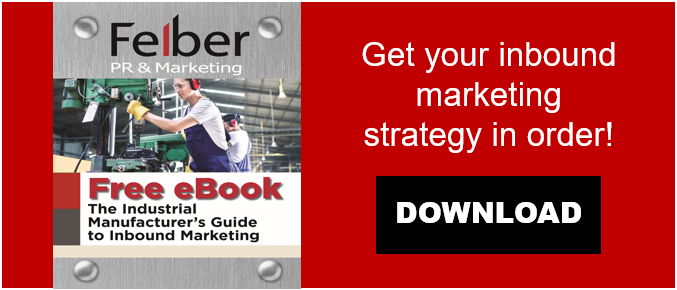


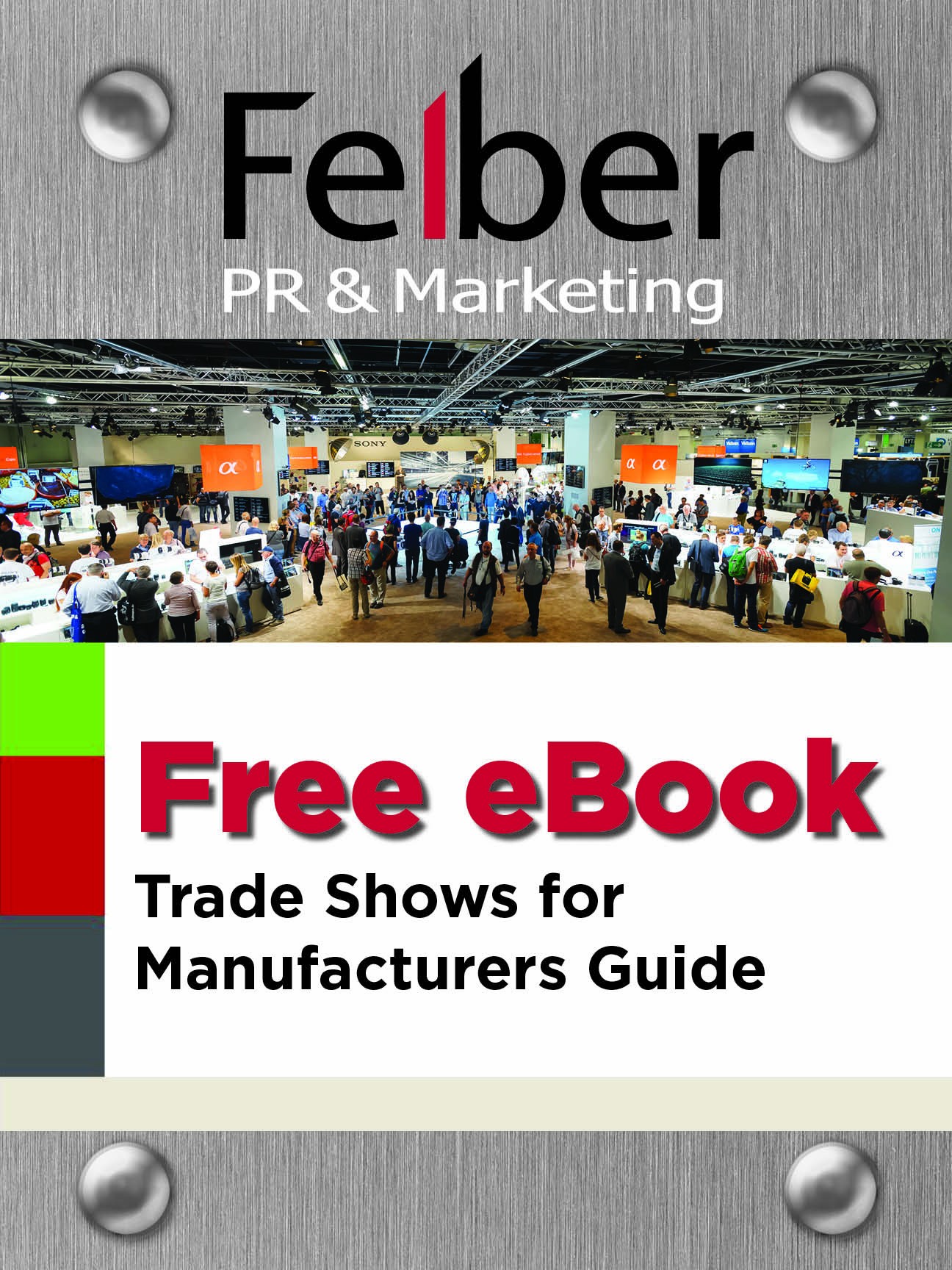


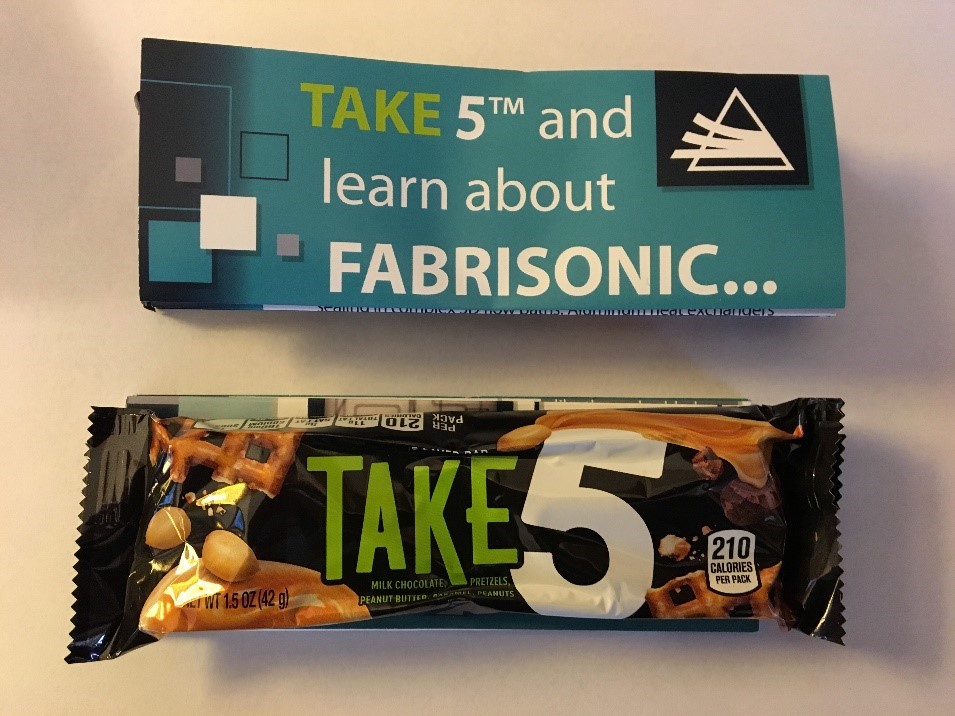
 Every day design engineers and procurement professionals across the globe are searching for new suppliers and manufacturers. If you are not seeing steady traffic and qualified leads hitting your website, you can make some simple changes to position your company as a leader in your industry. The following are the five most important components of information that design engineers and procurement professionals are seeking when considering new suppliers and manufacturers for their products.
Every day design engineers and procurement professionals across the globe are searching for new suppliers and manufacturers. If you are not seeing steady traffic and qualified leads hitting your website, you can make some simple changes to position your company as a leader in your industry. The following are the five most important components of information that design engineers and procurement professionals are seeking when considering new suppliers and manufacturers for their products.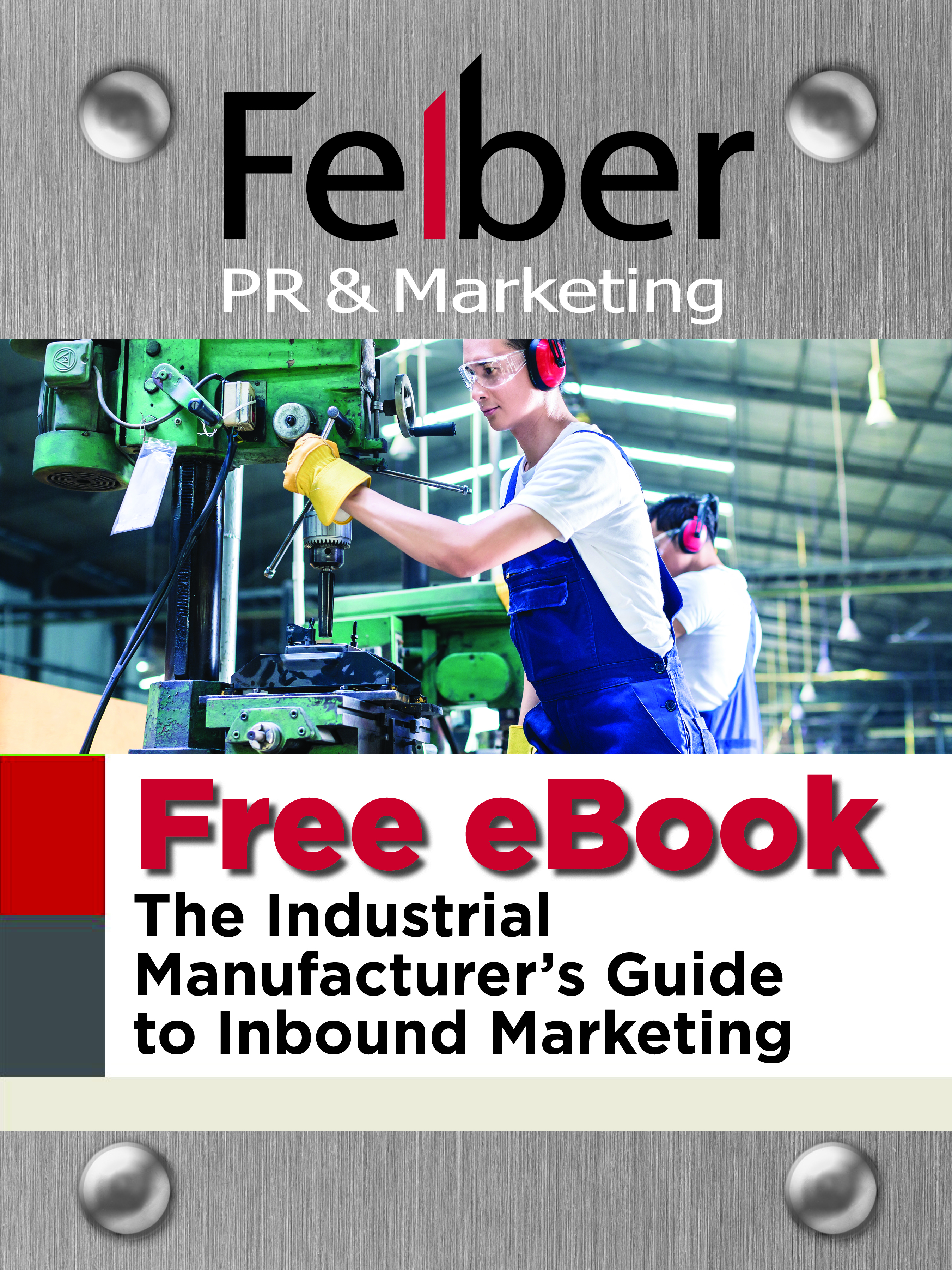


 Developing a content map is essential to have inbound marketing success. The crux of inbound marketing is content. It is necessary to have a website full of relevant, engaging content that speaks to your buyer personas and also, the various verticals where your prospects exist. Creating a content map is a great way to make sure that you are targeting each vertical and all your ideal buyers. A content map is a plan of all the content that will be developed for your company in a 6 month to year-long stretch.
Developing a content map is essential to have inbound marketing success. The crux of inbound marketing is content. It is necessary to have a website full of relevant, engaging content that speaks to your buyer personas and also, the various verticals where your prospects exist. Creating a content map is a great way to make sure that you are targeting each vertical and all your ideal buyers. A content map is a plan of all the content that will be developed for your company in a 6 month to year-long stretch.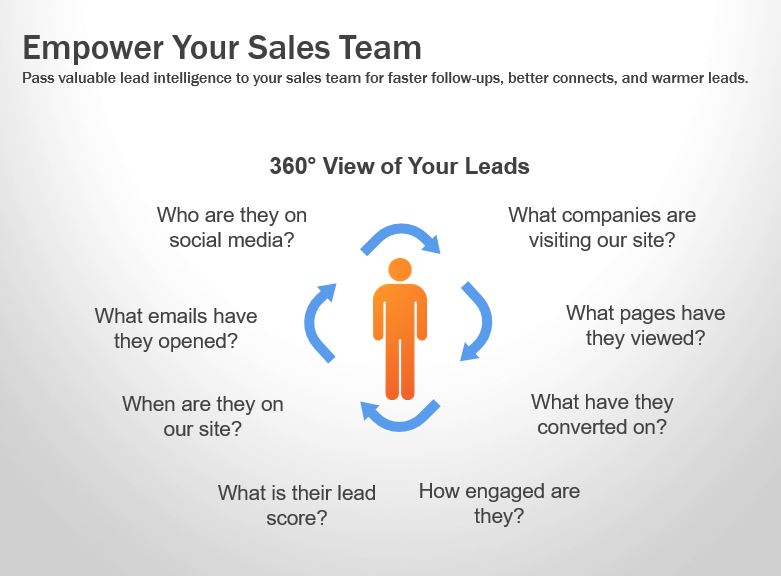 arketing platform, such as
arketing platform, such as 
 Are manufacturing sales managers naturally angry? Is there something about their role managing salespeople that has them really ticked off? Of course not, unless your boss is Lumbergh from Office Space and your sales people have not turned in their TPS reports.
Are manufacturing sales managers naturally angry? Is there something about their role managing salespeople that has them really ticked off? Of course not, unless your boss is Lumbergh from Office Space and your sales people have not turned in their TPS reports.